[Home Theater Network HDAV.com.cn] In the speaker, there is a very inconspicuous part, saying that it is inconspicuous because the speaker can not find it on the surface, in addition to the general understanding of the speaker, There is little time to pay attention to it. The speaker left it and it didn't work at all. It was the crossover.
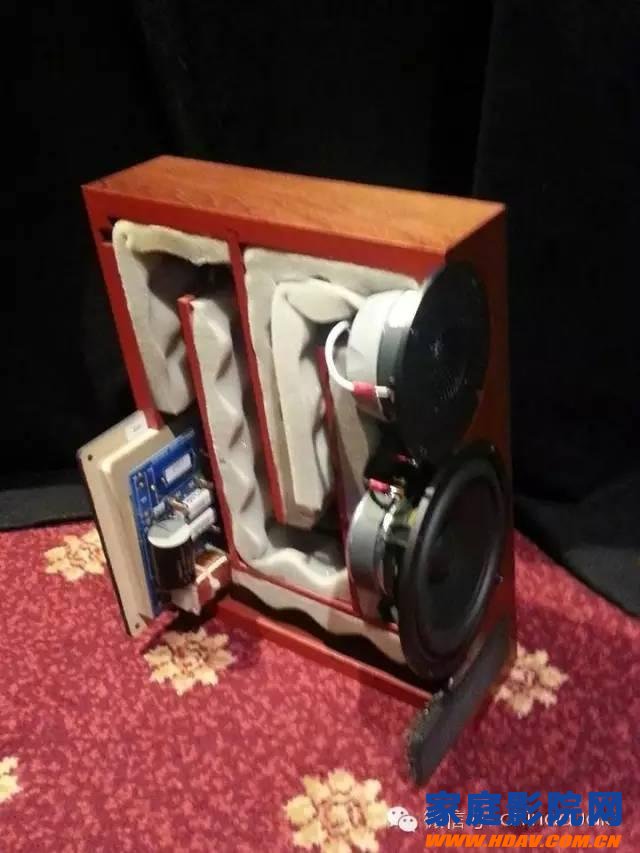
When playing music, due to the capabilities and structure limitations of the speaker unit itself, it is difficult to cover all the frequency bands with only one speaker, and if the full-band signal is directly sent to the high, medium and low-range units without allocation, the unit frequency response The portion of the "excess signal" outside the range will adversely affect the signal reduction in the normal frequency band and may even damage the treble and midrange units. For this reason, designers must divide the audio frequency band into segments, and different frequency bands use different speakers for sound reproduction. This is the origin and role of the divider.
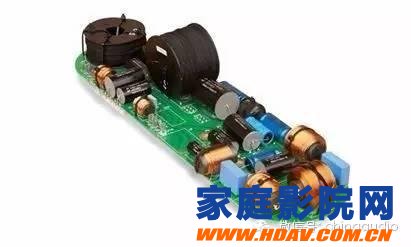
The crossover is the "brain" in the speaker, which is very important for the sound quality. The music signal output by the power amplifier must be processed by the filtering component in the frequency divider to allow the signals of specific frequencies of each unit to pass. It is necessary to scientifically design, rationally and rigorously design the frequency divider of the speaker to effectively modify the different characteristics of the speaker unit, optimize the combination, so that each unit can develop its strengths and avoid weaknesses, and exert its potential as much as possible to make the frequency response of each frequency band change. Smooth, accurate phase of the sound image, in order to make the music played by high, medium and low sounds clear, co-ordinated, clear, comfortable, wide and natural sound quality.
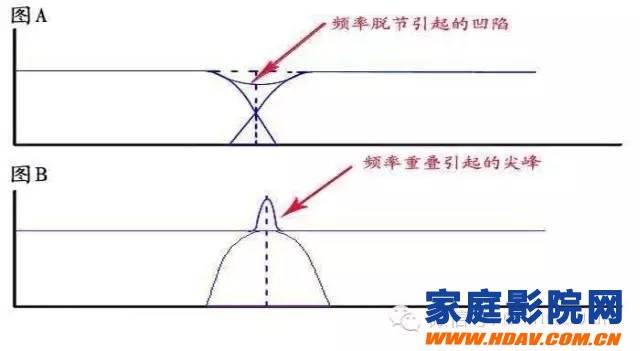
From the working principle, the frequency divider is a filter network composed of a capacitor and an inductor. The treble channel only passes the high-frequency signal to block the low-frequency signal; the bass channel is just the opposite, only the bass is passed to block the high-frequency signal; the mid-range channel is a band-pass filter, except for one low-high two-frequency point The frequency between them can pass, and both the high frequency component and the low frequency component will be blocked.
The components of the passive crossover are composed of L/C/R, that is, L inductor, C capacitor, and R resistor, which are flexibly applied to the frequency division network according to the characteristics of frequency division of each component.
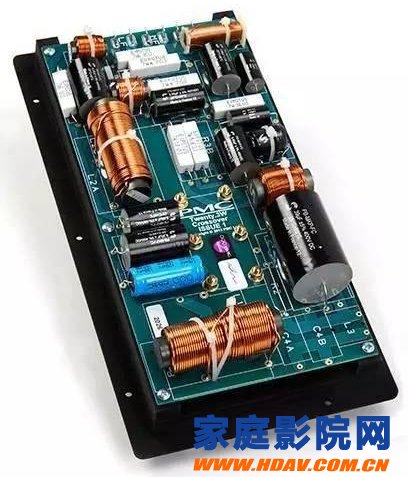
L Inductor: Its characteristic is to block higher frequencies and only pass lower frequencies, also known as "Low Pass Filter". The amount of the lower frequency is determined by the inductance of the "L inductor", and the inductive reactance unit is represented by "μH, mH". Inductor materials are commonly used: hollow inductors, iron oxide inductors, silicon steel sheet inductors, etc. The iron oxide inductor and the silicon steel sheet inductor are usually used only when a high inductance value is required and the hollow inductor cannot obtain a low DC resistance. Since the core inductor has magnetic saturation and causes distortion in the case of a large current, the core is iron core. Inductance is a product of compromise.
C Capacitor: Its characteristics are exactly opposite to those of the inductor, that is, blocking the passage of low frequencies, allowing higher frequencies to pass, called the “High Pass Filterâ€. How much high frequency is determined by the capacitance of the C capacitor. Its unit is "μF". There are a wide variety of capacitor materials, but non-polar capacitors are used in passive dividers. Capacitors in the passive crossover for the midrange and high-range materials must be considered carefully, because there is an absolute correlation with the sound quality, the material of the selected capacitor is usually caused by the characteristics of the speaker and the loss of capacitance, phase loss and price. Decide.
R resistance: It has no cutting frequency characteristics, and it is used in passive frequency dividers to mix and match with inductors and capacitors. It can be used for correction, equalization curve, sensitivity increase and decrease for specific frequency points and frequency bands.
A passive frequency divider is essentially a complex of several high-pass and low-pass filter circuits, and the number of these filter circuits is the "road" mentioned above. However, in each filter circuit, there is a more elaborate design. In other words, in each filter circuit, it can be filtered multiple times. The number of times of this filter is the "order" of the frequency divider. The first-order frequency divider is also the structure of the inductor and capacitor frequency division, and each of the second-order frequency dividers has been filtered twice. This "two-filter" is the true meaning of "second-order"!
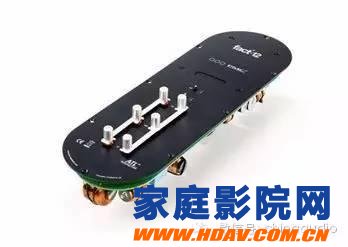
In addition to the first-order frequency division and the second-order frequency division, the passive frequency divider has three-order, fourth-order or sixth-order frequency division. The advantage of using high-order crossover is that the filter attenuation slope is larger, the crossover effect is better, and it is also beneficial to design the split-tone compensation circuit. It is not the “dividedâ€. The more thoroughly and clean the crossover is the good crossover. In theory, the two signal curves after the split are exactly the same as the original curve after superposition, which is the real good crossover.
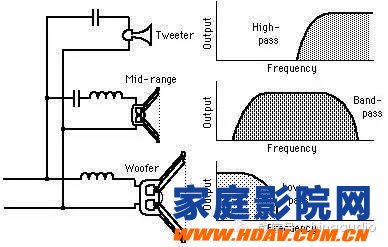
Passive crossovers seem simple, and different designs and production processes naturally make the crossover, the inconspicuous component, have a different effect on the speaker. These details are exactly what all Hi-Fi equipment must pursue, which is the basic difference between advanced Hi-Fi and ordinary equipment.
More fresh and fun home theater information, please pay attention to home theater network http:// (WeChat: cnhifi), the country's most influential home theater audio player interactive media website.
CL-2H Copper Connecting Terminals
Our company specializes in the production and sales of all kinds of terminals, copper terminals, nose wire ears, cold pressed terminals, copper joints, but also according to customer requirements for customization and production, our raw materials are produced and sold by ourselves, we have their own raw materials processing plant, high purity T2 copper, quality and quantity, come to me to order it!
CL-2H Copper Connecting Terminals
Taixing Longyi Terminals Co.,Ltd. , https://www.lycopperterminals.com